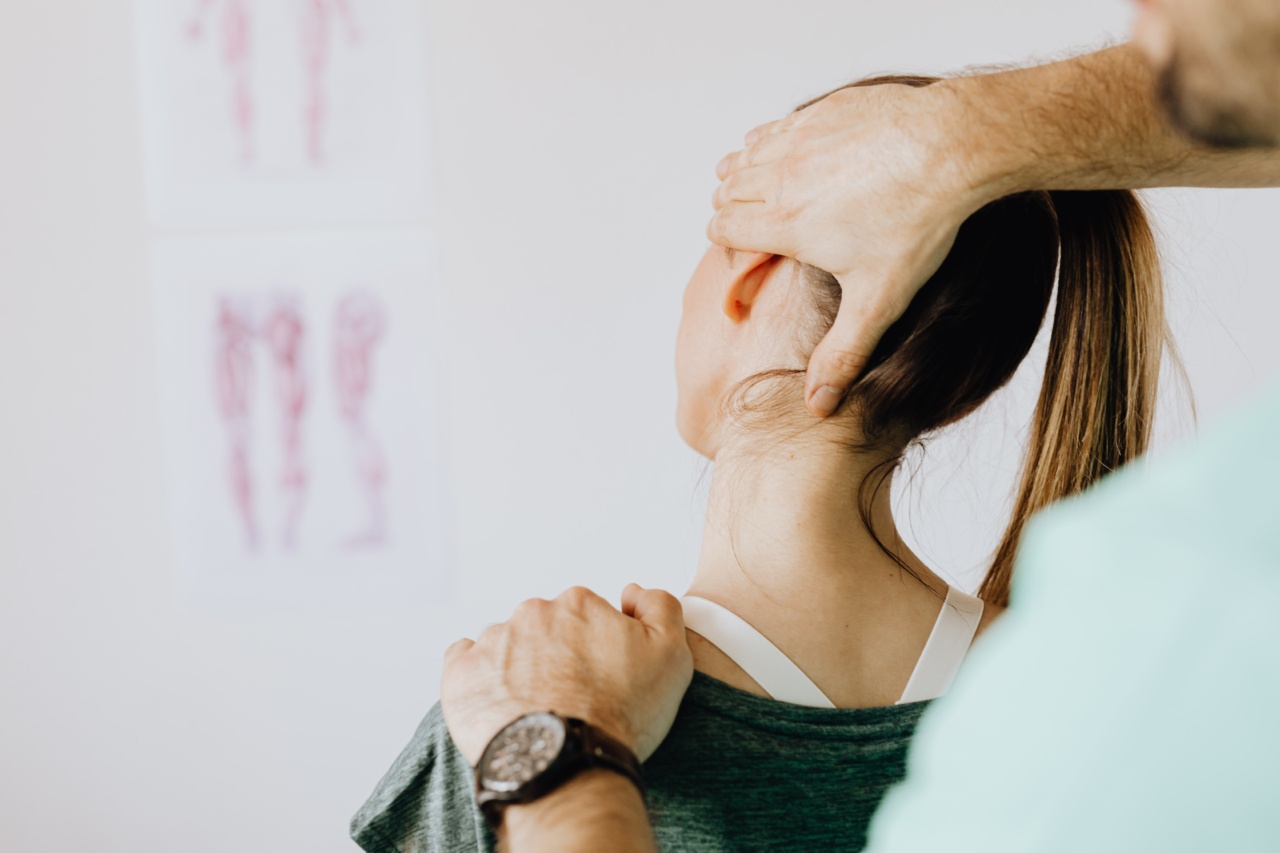Fractures are a common occurrence in pediatric patients. Proper and timely treatment is crucial to ensure optimal healing and prevent long-term complications.
However, there are several common errors in treating fractures in pediatric patients that medical professionals should be aware of. This article aims to discuss these errors and provide recommendations for their prevention and management.
1. Inadequate initial evaluation
One common error is an inadequate initial evaluation of the fracture. It is important to perform a thorough physical examination and obtain appropriate imaging studies to accurately diagnose and assess the severity of the fracture.
Failure to do so may lead to misdiagnosis or underestimation of the injury.
2. Delayed or improper immobilization
Another common error is a delay in immobilizing the fracture or using improper immobilization techniques. Fractures in pediatric patients require early and effective immobilization to promote proper alignment and prevent further injury.
Failure to immobilize the fracture promptly or using inadequate splinting methods may result in poor healing and complications.
3. Inadequate pain management
Pain management is crucial in pediatric fracture patients. Failure to adequately manage pain can lead to patient discomfort, distress, and resistance to treatment.
Proper analgesics and non-pharmacological pain relief measures should be employed to ensure the patient’s comfort and cooperation during the treatment process.
4. Improper reduction techniques
Fracture reduction is a critical step in the treatment process. Improper reduction techniques can result in malalignment, joint incongruity, and long-term functional impairments.
It is essential to employ appropriate reduction techniques, which may include closed reduction, open reduction, or use of traction, depending on the type and complexity of the fracture.
5. Failure to recognize growth plate injuries
Growth plate injuries are common in pediatric patients due to their developing skeleton. Failure to recognize and appropriately manage growth plate injuries can lead to growth disturbance and deformities.
Healthcare professionals should be aware of the specific signs and symptoms of growth plate injuries and obtain appropriate imaging studies to assess for such injuries.
6. Inadequate follow-up and monitoring
Proper follow-up and monitoring are crucial in pediatric fracture patients to ensure adequate healing and identify any complications.
Failure to provide regular follow-up visits or adequately monitor the fracture can result in missed opportunities for early intervention and may lead to poor outcomes.
7. Overlooking associated injuries
Fractures in pediatric patients can be associated with other injuries, such as soft tissue injuries or neurovascular compromise.
Failure to properly evaluate and address associated injuries can have significant consequences on the patient’s recovery. Comprehensive assessment and appropriate management of all associated injuries are vital for optimal outcomes.
8. Inappropriate weight-bearing instructions
Weight-bearing instructions play a crucial role in the healing process of fractures. Inappropriate weight-bearing instructions, either excessive or inadequate, can lead to complications such as delayed union or nonunion.
It is important to provide clear and specific weight-bearing instructions according to the type and location of the fracture.
9. Lack of patient and caregiver education
Educating patients and caregivers about the fracture, its treatment, and rehabilitation is essential for successful outcomes. Failure to provide adequate education may result in noncompliance, improper care, and potential complications.
Healthcare professionals should take the time to educate patients and caregivers about the fracture, including instructions for care, expected recovery process, and potential warning signs.
10. Inadequate communication and collaboration among healthcare providers
Effective communication and collaboration among healthcare providers involved in the treatment of pediatric fractures are essential. Inadequate communication can lead to misunderstandings, delays in treatment, and compromised patient care.
Proper communication channels should be established, and interdisciplinary collaboration should be encouraged to ensure seamless and comprehensive care.
Conclusion
Treating fractures in pediatric patients requires careful attention to detail and knowledge of common errors that can occur during the treatment process.
By being aware of these errors and implementing appropriate strategies to prevent and manage them, healthcare professionals can provide optimal care to pediatric fracture patients, ensuring proper healing and minimizing long-term complications. Timely and accurate diagnosis, appropriate immobilization, effective pain management, and comprehensive follow-up are key components of successful fracture treatment in pediatric patients.






























